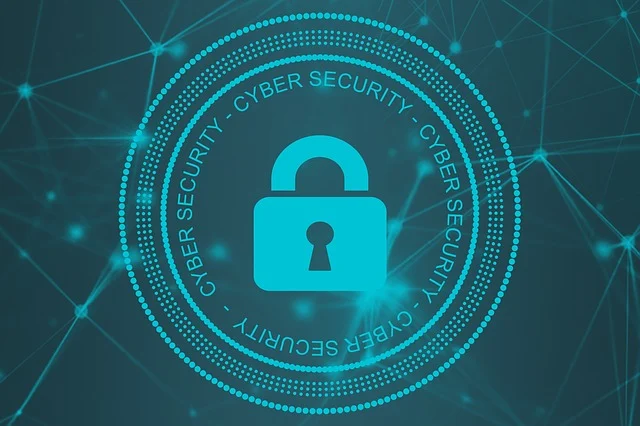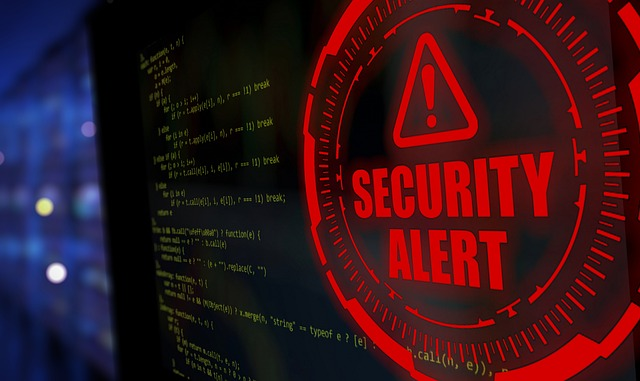In the modern world, where everything moves quickly online, the danger of cyberattacks is getting bigger than ever before. As people and businesses utilize technology more in almost everything they do, having strong protection against these attacks is also becoming really important. Hackers are constantly developing new ways to bypass securities put in place by businesses’ cyber security teams. To ensure they are not successful, the cyber security teams are also trying to invent stronger ways to secure their clients’ information.
The following article will explain how innovations and technology are changing businesses’ approaches to protect themselves from cyberattacks. While at it, we shall look at some of the important technologies behind these changes.

The Changing Landscape of Cyber Threats
The more people continue to use technological approaches to safeguard their information, the more the number of cyber attacks. Hackers nowadays play cat-and-mouse games with businesses and organizations because of the threat they pose. They are advancing as technology does, and instead of sticking to old tricks like viruses and email scams now, they use things like ransomware and sneaky tactics called zero-day exploits.
These constant threats mean business owners need to be on their toes, as relying on old-fashioned defenses isn’t an option. They must embrace and develop new ways to protect themselves from these constantly evolving threats. This has become a problem because when businesses try to replace the old locks with new ones, hackers keep on inventing new keys that render these locks useless.
Adopting Artificial Intelligence and Machine Learning
Artificial intelligence (AI) and machine learning (ML) are like cybersecurity superheroes. They have revolutionized the way businesses protect their information against online threats. These developments enable intrusion prevention systems to handle enormous data sets, identify trends, and quickly detect anything out of the ordinary.
The best part is that these AI systems keep improving constantly. They may be like digital students who continuously keep on studying new threats and tricks that cybercriminals use. So, when a new risk arises, they’re already prepared to defend against it. ML algorithms are lightning-fast and super accurate. They easily detect and quickly respond to threats, meaning they can stop a bad attack from happening before it worsens. They can also notify the business owners of the attempt and suggest ways they can protect them from future attempts.
Boosting Cybersecurity with Mobile Towers
Nowadays, businesses are taking a new approach that involves repurposing existing mobile towers for enhanced security. Companies can tap into the existing mobile network setup by operating mobile towers for security to create a super-strong defense system. They do so by fitting these towers with smart sensors and monitoring gear.
These tower-turned-sensors work like an extensive network of watchdogs. They constantly watch on the digital highway, looking for anything fishy or strange happening in the network traffic. Using this proactive approach adds an extra layer of security and makes the organization’s general cybersecurity a bit stronger.
Predictive Analytics for Early Threat Detection
Predictive analytics uses past events, records, and facts combined with mathematical analysis to predict an unforeseen threat. It gives an awful lot more distinctive insights into growing threats, which enable protection mechanisms to be placed in the correct positions to effect focused protection mechanisms.
Predictive analytics will look into the network trends, user behaviors, and system glitches, and when it identifies any vulnerability, it will offer the cyber security team a warning. This reduces the chances of a false alarm and readies the organization’s defense mechanisms. By anticipating these threats before they can materialize, businesses can successfully enforce their intrusion prevention skills and mitigate dangers. For these reasons and more, just like how cyber crimes are unpredictable as they can happen at any time, this approach estimates with facts and statistics.
The Application of Blockchain Technology
Blockchain technology is not only valuable for cryptocurrencies alone. It contributes so much to cyber security for businesses dealing with other activities rather than cryptocurrency. Its decentralized and unchangeable nature makes it almost threat-proof.
By applying this technology to their security team, businesses can now have secure and tamper-proof storage of vital records. This, in return, makes it very easy to spot and track any potential security breach. Blockchain-based systems also provide enhanced visibility and transparency, allowing organizations to validate the integrity of their security measures.
Implementation of Zero Trust Architecture
Traditional security architectures relied on perimeter-based defenses, assuming that internal networks were inherently safe. However, the rise in sophisticated insider threats and lateral movement within networks has necessitated a shift toward a zero-trust architecture.
In this approach, every network request, regardless of its origin, is treated as potentially malicious. It also requires proper authentication and verification for every access attempt to ensure that only authorized users can gain entry. Businesses can reduce the threat posed by unauthorized entry and enhance intrusion prevention by adopting a zero-trust approach.
The Potential Impact of Quantum Computing
Although just recently released, quantum computing can become the best when it comes to both offensive and defensive cybersecurity strategies. Quantum computers employ quantum bits, or qubits, to perform calculations much faster and more effectively than traditional computers. However, with such speed, they can potentially be used by hackers, making many of the ways we currently keep information safe not work anymore. But on the other hand, they can help strengthen the digital defenses. Nonetheless, cyber security teams are working daily to ensure that the potential defensive strategies and approaches towards using these computers are greater than their downsides.
Embracing Cloud-Powered Security

Recently, a significant surge towards cloud-based safety solutions in intrusion prevention has been experienced. Cloud-based systems can grow with your needs, adapt to changes, and give you instant updates. This means that your cybersecurity team can respond fast and stop the threat in its tracks. Going for cloud-based intrusion prevention allows companies to simplify matters. This means fewer costs and less simplified security setups. This centralized approach provides better visibility and control over protection guidelines and configurations.
As cyber threats grow, the need for modern safety measures has never been in demand like it is now. Intrusion prevention has greatly advanced as a result of AI, ML, predictive analytics, network towers, blockchain, zero trust systems, and quantum computing. These innovations have enabled businesses, at the very least, to be ready to evade any major cyber threat that may cause massive damage to them or their reputation. They have made information locks much more secure and gained much respect from their clients.
However, we need to come up with upgrades and more safety measures to stay ahead of cyber attackers. Additionally, businesses must embrace these innovations and capitalize on them to ensure the privacy of their clients stays intact.
Leave a Reply